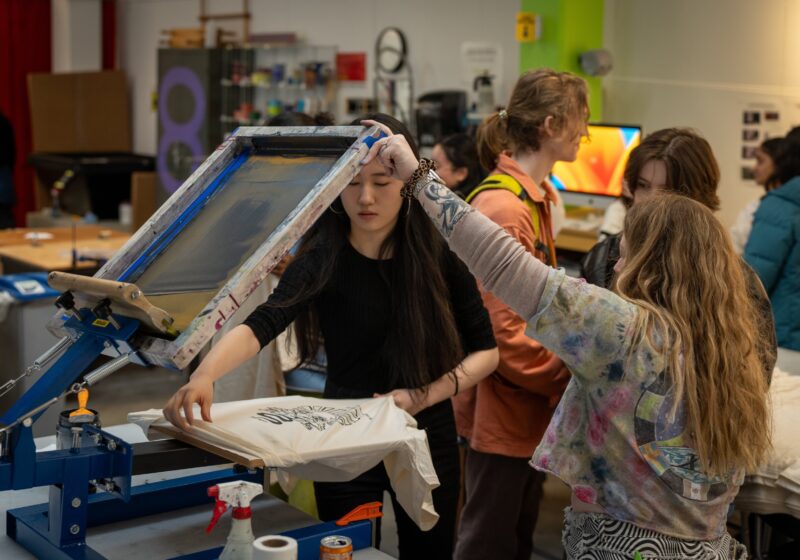“Y’all wanna hear a story about why me & this bitch here fell out???????? It’s kind of long but full of surprise (crying with laughter emoji) (crying emoji).”
Thus begins what’s come to be known as the “Zola Story” (or sometimes just “Zola”), a scintillating tale of sex, drugs, debauchery, suicide, murder and good old Tampa, Fla. It’s like Thelma and Louise meets Tarantino meets a Lil’ Kim song. The language is colloquial (“hoeism” has officially entered the lexicon), filled with abbreviations (“trst” stands for “the rest”), misspellings and grammatical errors, but the story, told through 148 tweets, is easy to follow. And of course the kicker: it’s a true story.
At least that’s what the author says. Aziah Wells (Zola) swears by the veracity of her account, and even as conflicting details have arisen (from both characters in the story and the Washington Post), there are some undisputed facts. In March, Jessica Swiatkowski (“the white bitch”), Wells, Akporode Uwedjojevwe (“Z”) and Jarret Scott (Jessica’s boyfriend) embarked on a journey from Detroit to Tampa, where Wells and Jessica danced in various high-end strip clubs. Some turn of events led to Wells and Z pimping Jessica out to patrons of the hotel they were all staying at. After that, nothing can be confirmed. Wells claims that Z shot a man in the face; Jessica claims she never slept with anyone for money; and Jarret denies Wells’ claim that he tried to jump off of a fourth-floor balcony. Today, Z is awaiting trial for sexual assault, battery, two counts of trafficking and two counts of attempted pandering with threat of physical force.
The truth of the story is far from what matters. Wells has become a celebrity overnight, attracting legions of fans, booking agents and producers. She says that she’s been approached by various executives looking to adapt her story for the screen, but in the meantime, you can buy a T-Shirt emblazoned with the word “hoeism.”
The whole situation is murky. Some of Wells’s supporters have praised her actions as both a black and feminist icon, while others have voiced their admiration for her storytelling style. Tweets of support have noted that the “Zola Story,” which, again, is ostensibly a true story, has character development, an exciting and complex plot, a unique voice and a racially diverse cast. Others have expressed disgust at the humorous tone that most reactions have taken—though Wells’s storytelling style is undeniably funny (“Ima full nude typa bitch”), it still depicts supposedly real scenes of rape, human trafficking, attempted suicide and murder. The line between fact and fiction is beyond blurred—it’s been erased.
For our purposes, we’re going to assume that though some central elements are true, a good deal of embellishment went into the story (think Hunter S. Thompson’s “The Kentucky Derby is Decadent and Depraved”), and we’ll consider it fiction.
It’d be easy to Jonathan Franzen the whole thing and moan about how low the cultural standards have fallen for the “Zola Story” to qualify as good storytelling, but it’s more complicated than that. There’s something to be said for the inventiveness of the style. It’s reminiscent of Joe Wendworth’s “Letters to Wendy” or portions Jennifer Egan’s “A Visit From the Goon Squad,” novels that used experimental formats and blurred reality. Is it “Finnegan’s Wake?” No. But, using tweets as the format through which the story is told is fascinating, in both a cultural and literary sense (and, by the way, “Cloud Atlas” author David Mitchell did the same thing last year). Wells might not be well versed in the MLA Style Guide, but that doesn’t take away from the story at all.
In the days that have followed the story’s publication, it’s gone through the usual Internet filters—think pieces, think pieces reacting to the initial think pieces, full-scale journalistic investigations, memes, pictures of people’s Zola-inspired Halloween costumes, and so on and so forth. This is how we process cultural events today—we break them down, adapt them into more easily digestible forms that retain the zeitgeist of what happened. That’s not a complaint, but it’s not a compliment, either.
To put it simply: this is something that could only have happened in 2015.
Bernstein is a member of the class of 2018.




